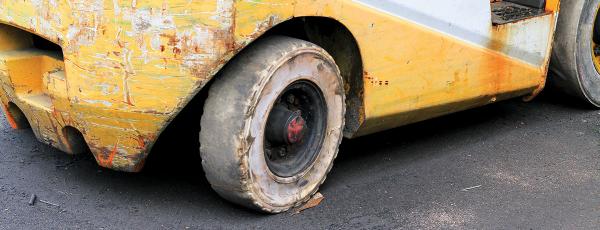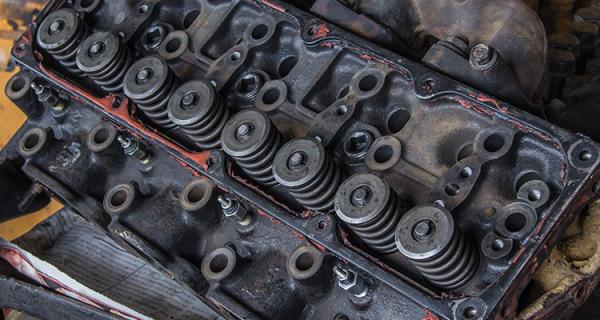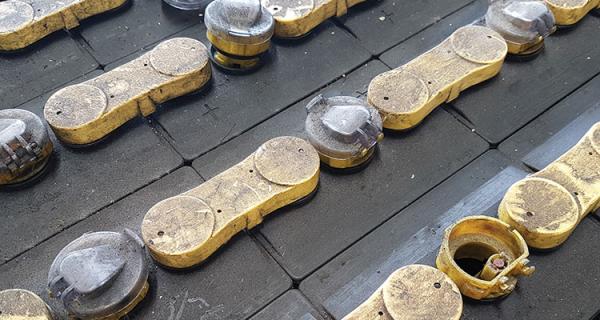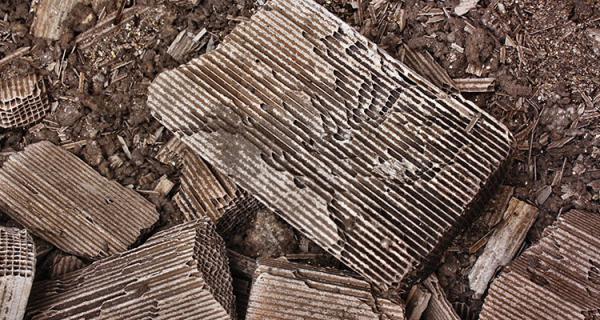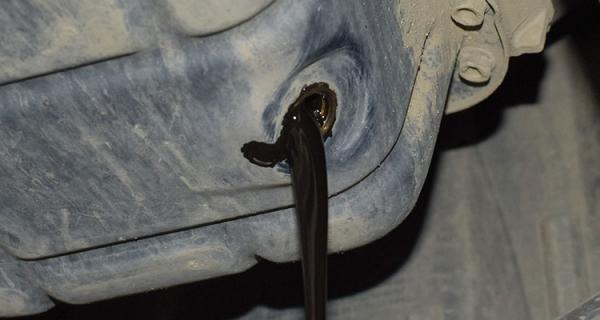As customer demand for sustainability grows, businesses are under more pressure than ever to minimise their impact on the environment. For operations using forklifts, key issues include whether their trucks’ performance is ‘green’ and what happens to them when their useful service life ends.
In fact, a forklift truck need never die, as long as the forklift parts are properly recycled and reborn to serve other purposes.
This topic was explored in detail in a 2017 Eureka article, and since then the efficiency of forklift recycling and forklift disposal has continued to improve.
Cat® Lift Trucks expects all its dealers to recycle end-of-life forklifts responsibly, although the practical model for achieving this varies between countries. Finnish Cat® lift truck distributor Logisnext Finland has an interesting approach for forklift recycling, based on co-operation with one full-service recycling company.
A fully outsourced lift truck recycling service
After removing the forklift parts which Cat Lift Trucks wishes to refurbish or remanufacture, the lift trucks are handed over to specialised metal recycler Fincumet Oy. Fincumet is part of the Recycling and Waste division of Fortum Oyj, a leading clean energy company.“When the forklifts arrive at our metal recycling plant in Ikaalinen, we first weigh them and check that their serial numbers and details match with our list of forklift trucks to be recycled,” says Fincumet’s Strategic Material Buyer Martti Pohjonen. “Accurate records and data are essential in this sector.”
The first items in lift truck recycling to remove are potentially hazardous components, like batteries, engine and hydraulic oil, and fuels. Lead-acid batteries go to another specialist recycler to be processed in Finland, and the recovered lead is returned to industry as a raw material. Fortum has its own lithium-ion battery recycling solution. It also has an oil recycling plant which transforms used hydraulic fluid into new products including chainsaw lubricants.
Rubber tyres are sent to a scheme in Finland which recycles their material into such things as playground and artificial football pitch surfaces, wall guards and blasting mats.
Cables are stripped out and processed in Fincumet’s own plant to produce granulated copper and aluminium, which are sold to smelting and manufacturing companies. Indeed, next to its factory there is a company which uses some of the forklift recycling material to make aluminium frames for lamps. The frame of the forklift is cut into factory-grade sizes for smelting into new iron.
Finally, the remaining forklift parts which cannot be recycled goes to Fortum’s incineration plant, where it generates heat and electricity for two cities. Nothing is wasted.
Data-driven sustainability
Outi Kettunen, Logisnext Finland’s Director of Business Development and Sustainability, emphasises the importance of data in the circular economy of which forklift recycling forms part. “We aim to keep forklift trucks running at maximum efficiency, to optimise fleet management, to extend component and forklift truck lifetime, and to ensure the forklift disposal and lift truck recycling process is correct and transparent. Effective collection, combination, analysis and sharing of data across the supply chain is vital to this.”
She explains: “Our digital services combine information from IoT (Internet of Things) devices and service records with WMS (warehouse management system) and ERP (enterprise resource planning) data. This allows us, for example, to match fleets optimally to operational needs, to detect collisions, to monitor batteries and even to identify problems such as uneven or dirty floors. It helps us to make better use of the earth’s energy and material resources, and to keep materials circulating. The idea that an old forklift truck never dies is truer than ever!”
